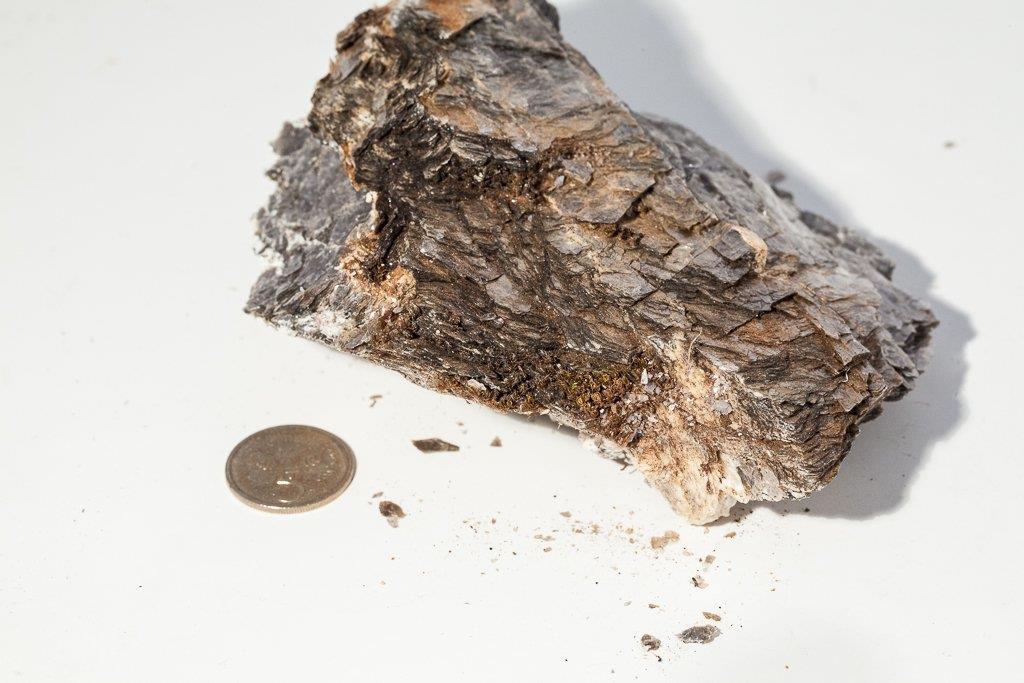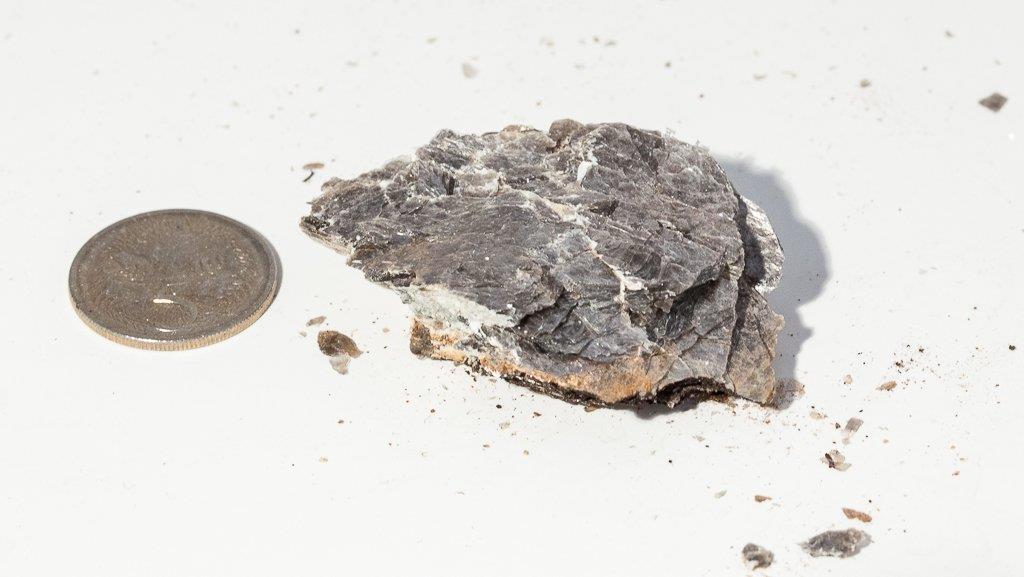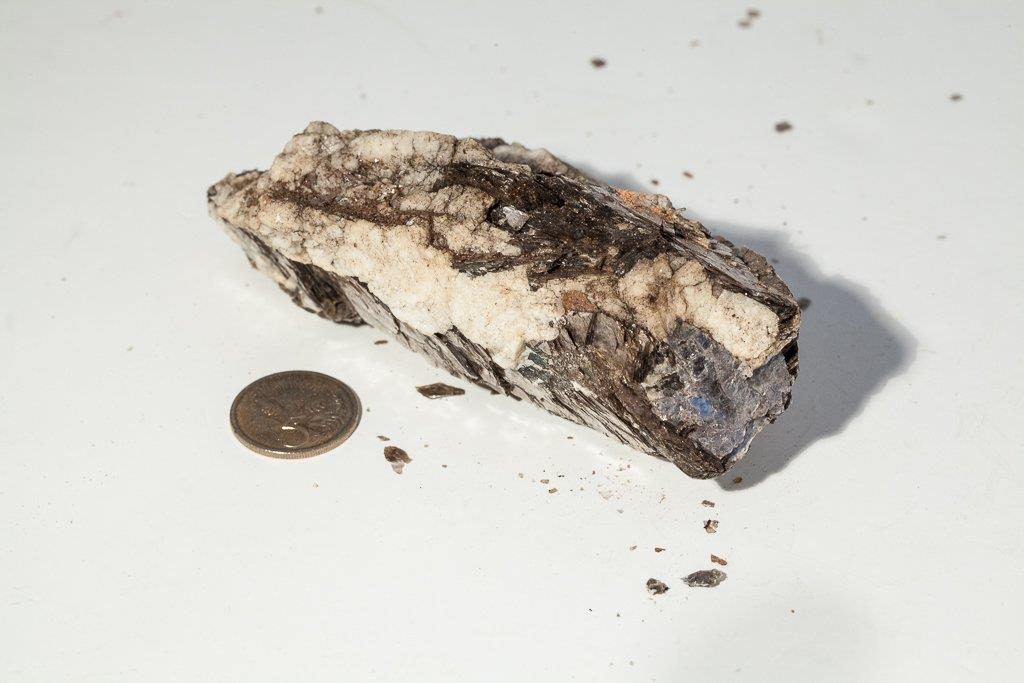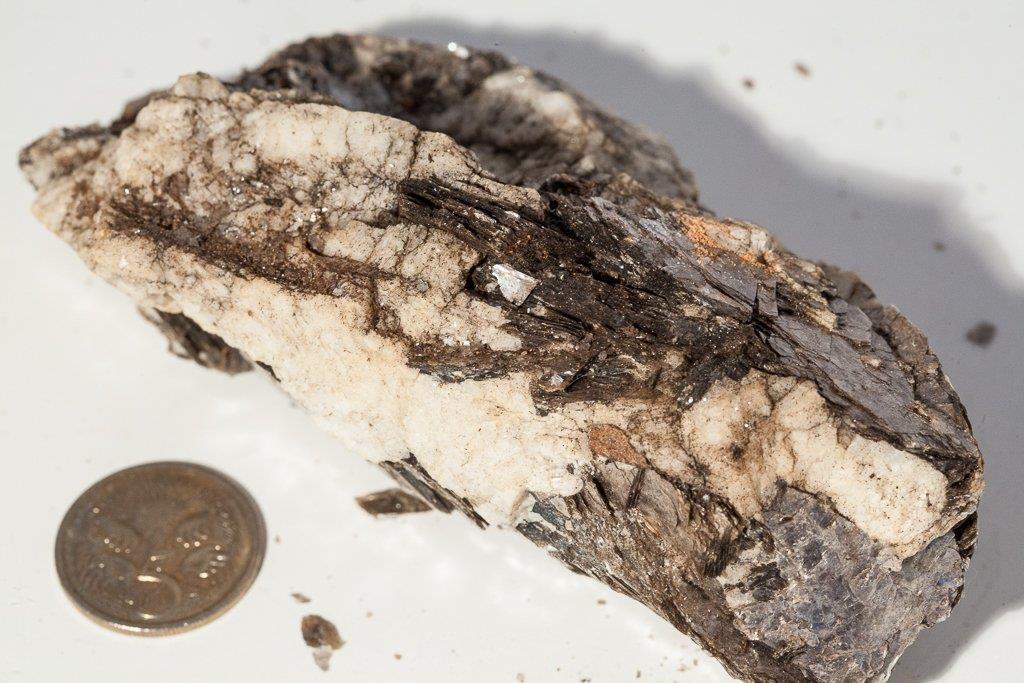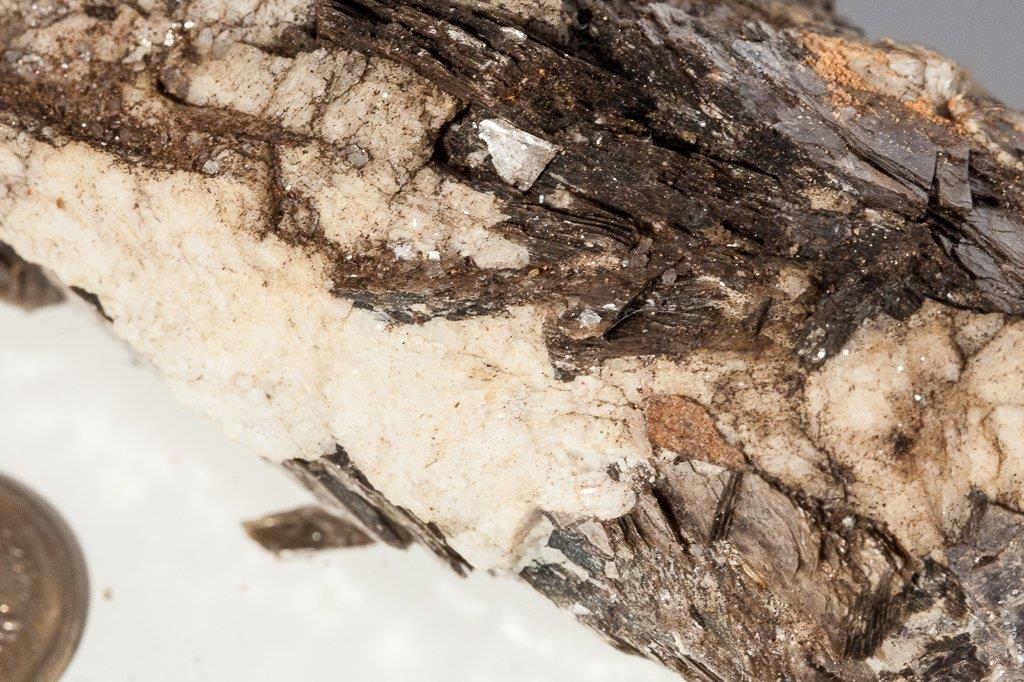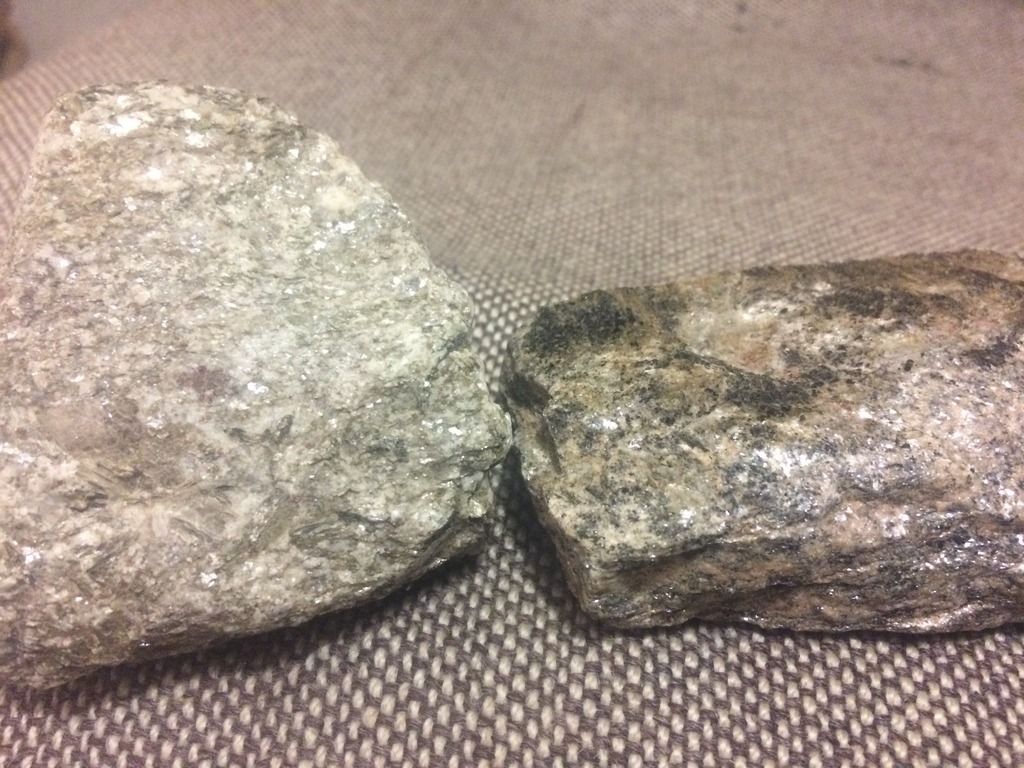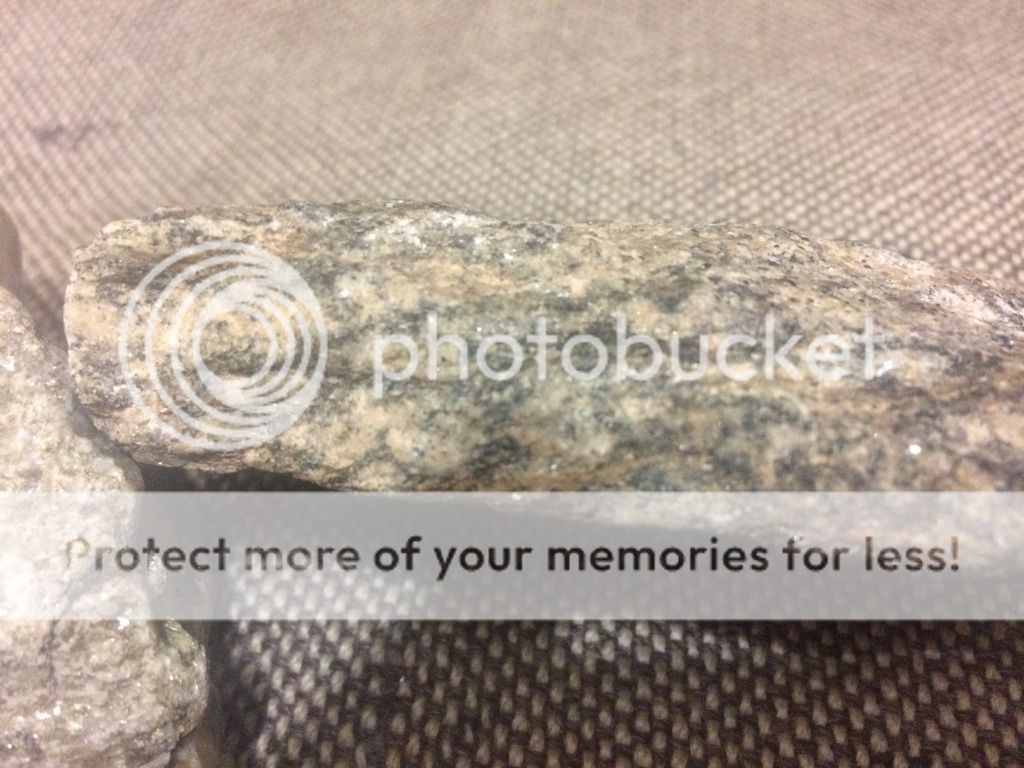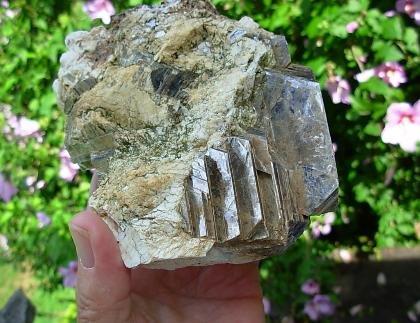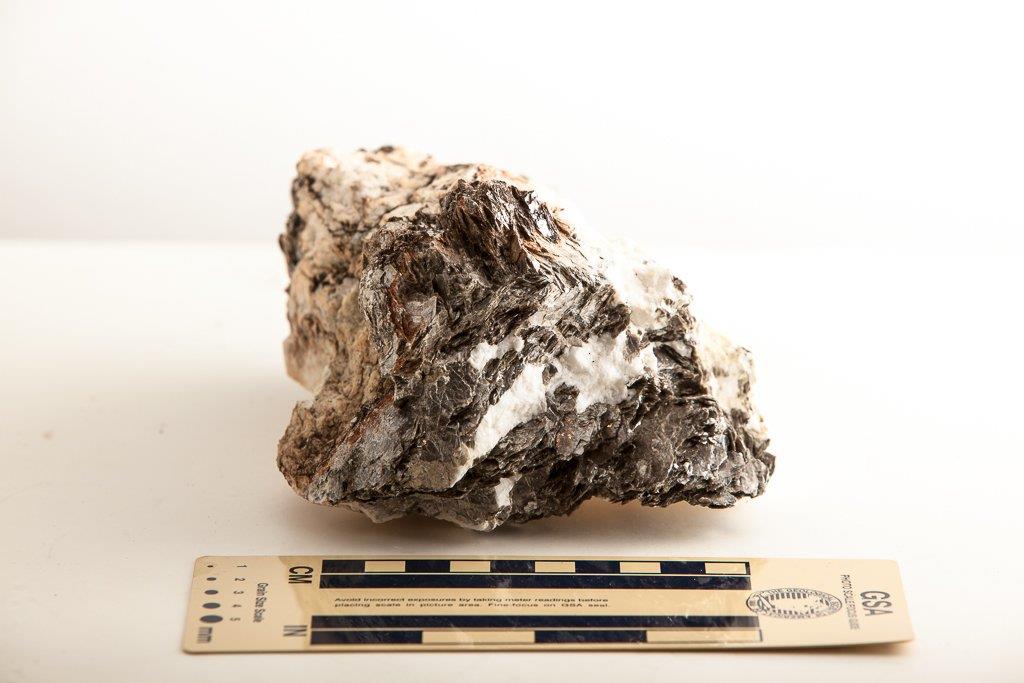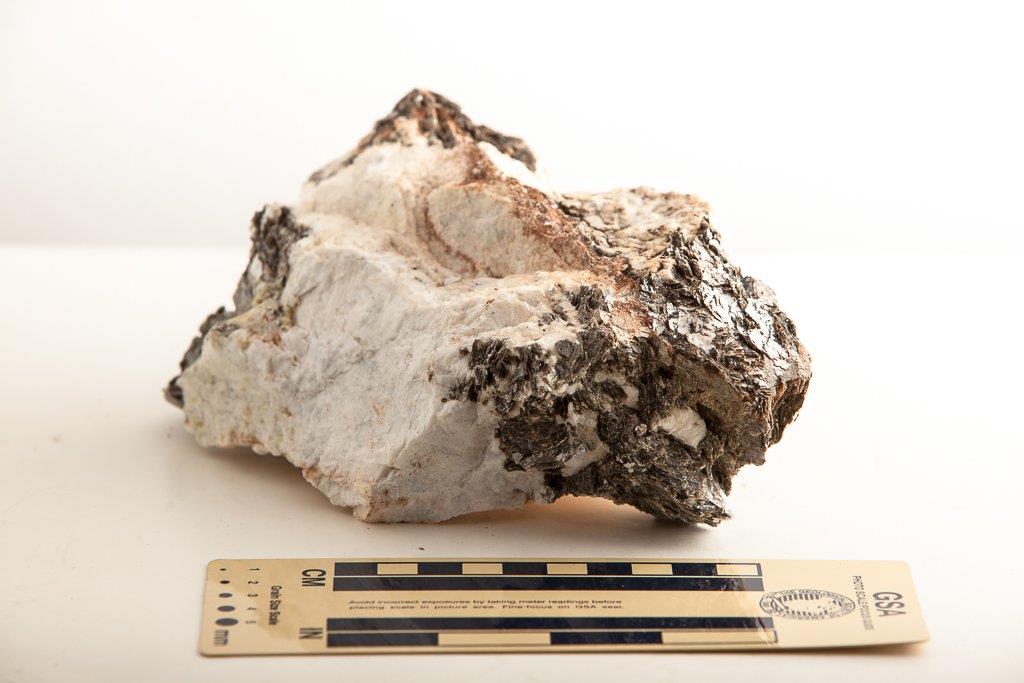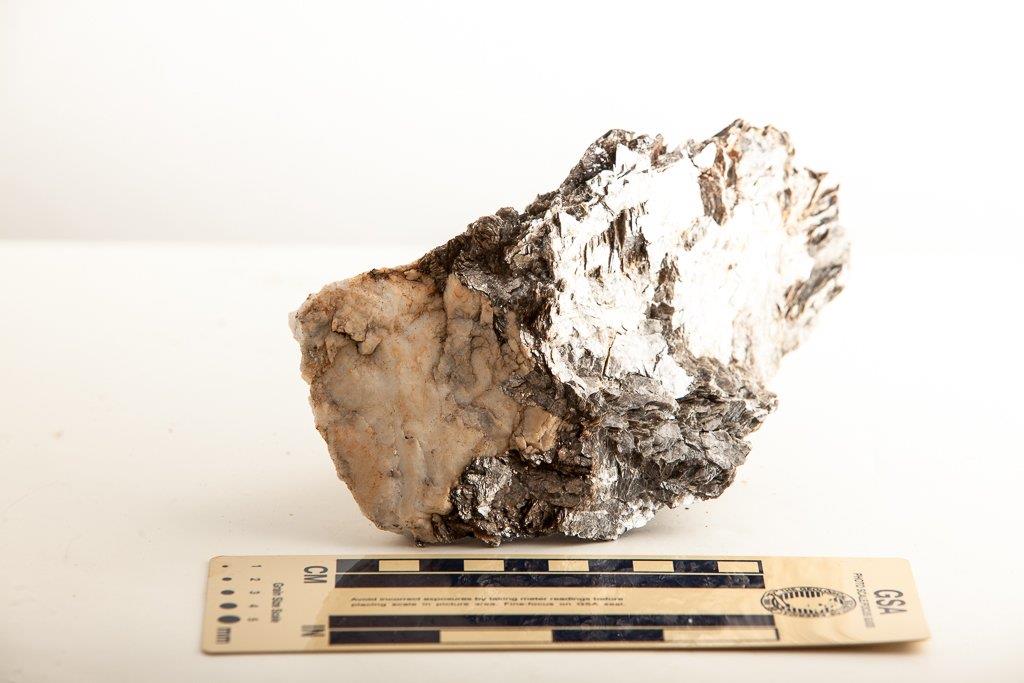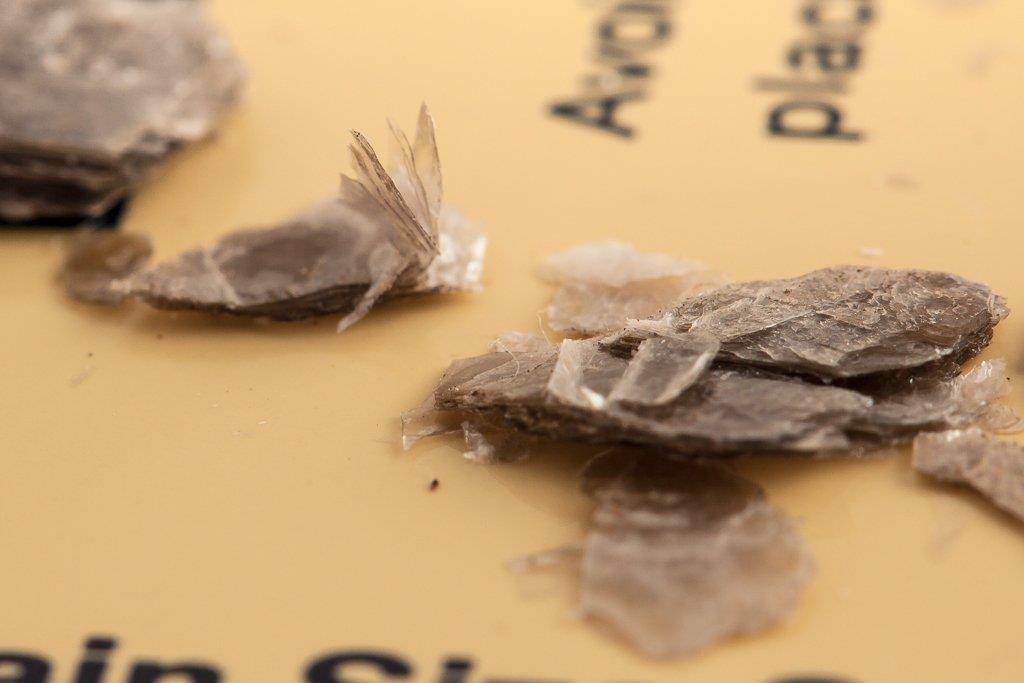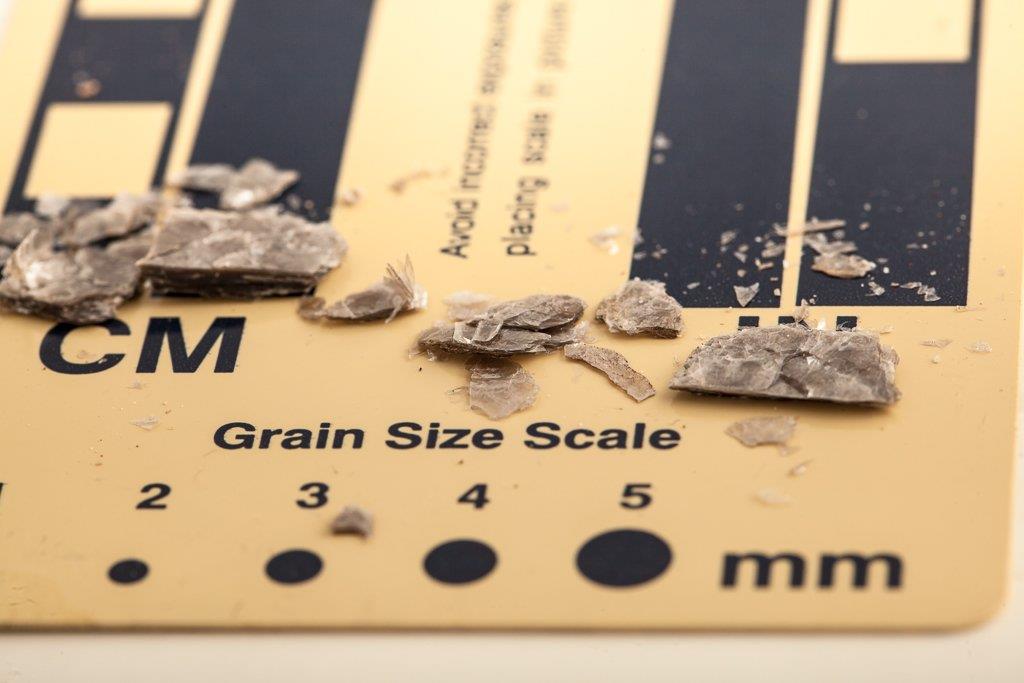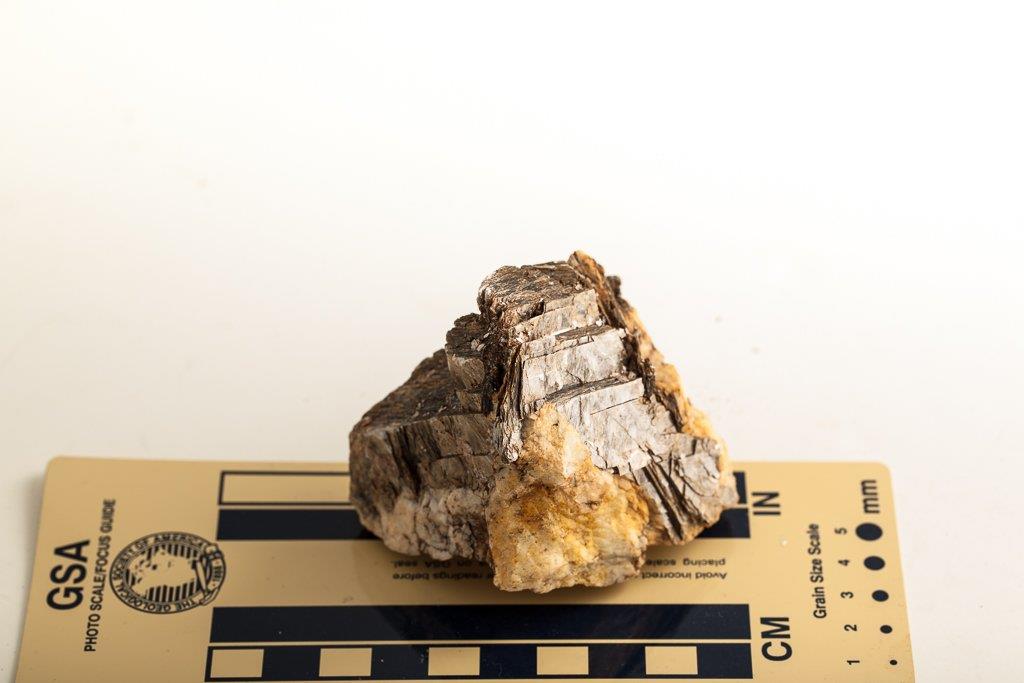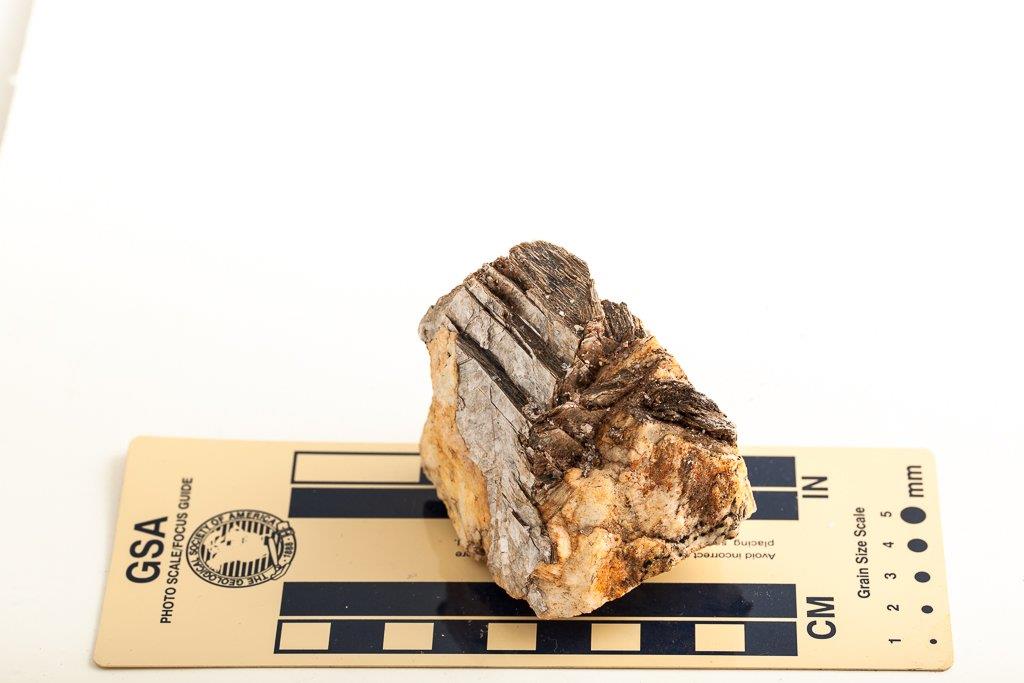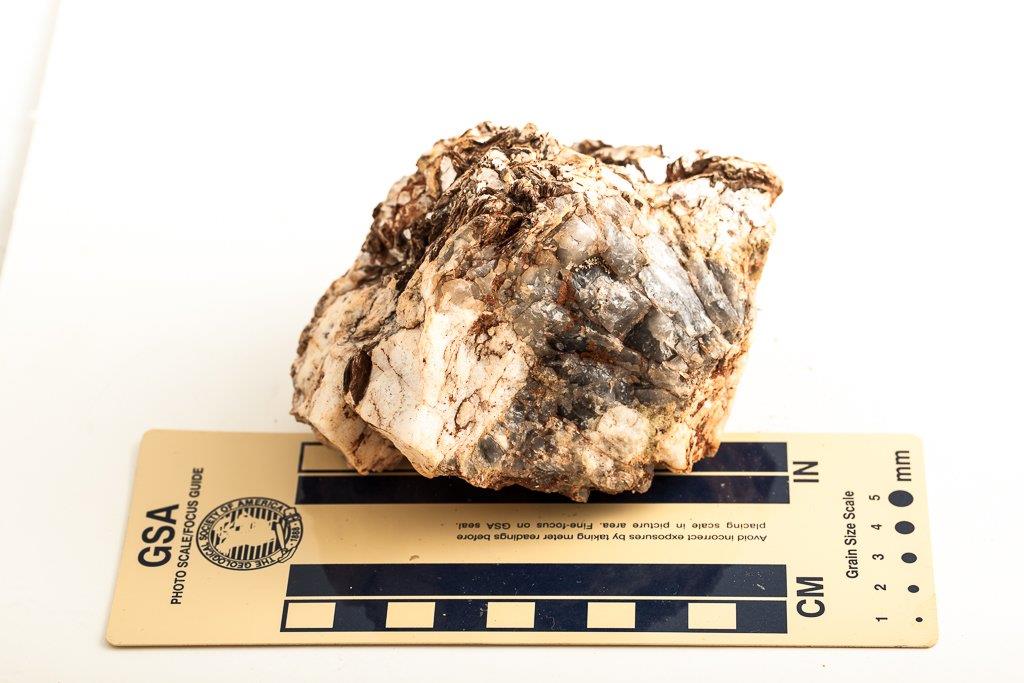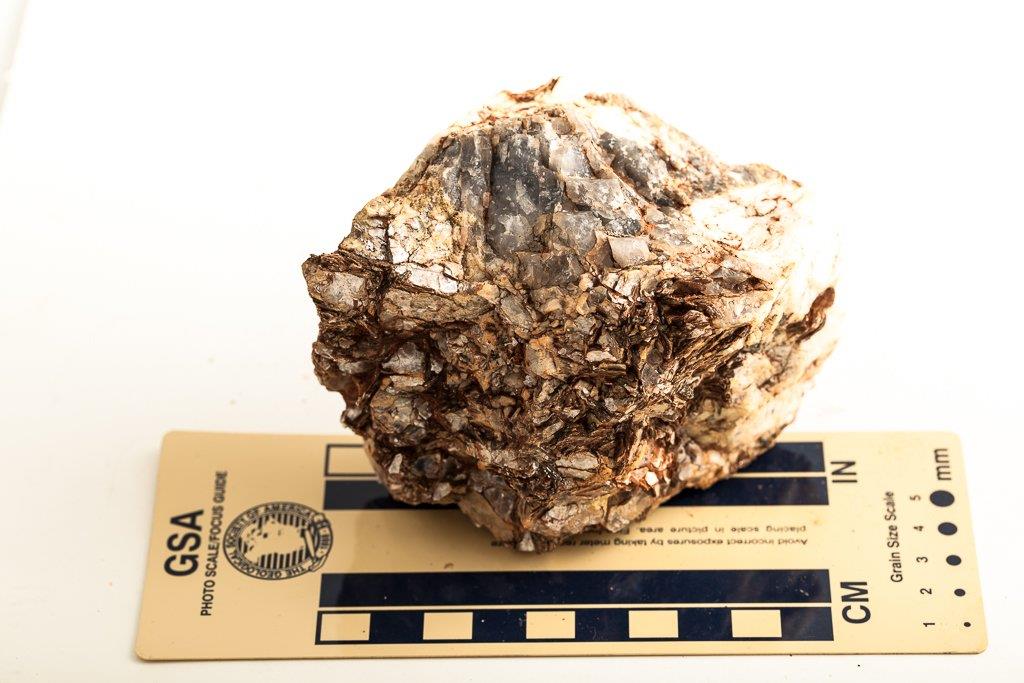- Joined
- Mar 9, 2014
- Messages
- 488
- Reaction score
- 389
Hi All
I have brought back some samples from our last expedition and was curious on the positive ID of it. This is only a small sample of what I have in various base rocks. It is very hard to get a good photo so hopefully the below will help for ID.
Some details - Very, very metallic, extremely brittle, when breaking away tit does have some flex before it breaks, it also splits many times down the layered plane. Some of the flakes can be quite large (never seen this big) plus in bulk formation this with it and going in different directions. It is also quite heavy for its size. Though I have not done a SG on any.
The other questions I have is can it be cleaned? It seems so brittle.
Is there any market for items like these? eBay etc...
I have panned a few samples and found no gold, is there ANY chance that these may contain any gold?
There are a couple of different pieces shown, and a 5c piece in some for size reference. Any information is appreciated.
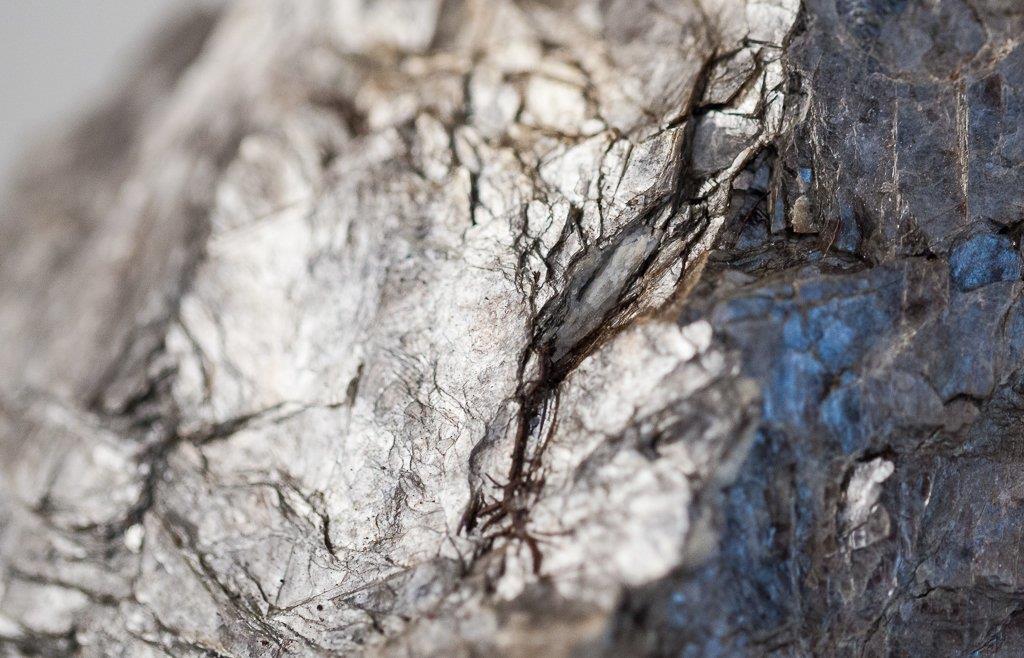
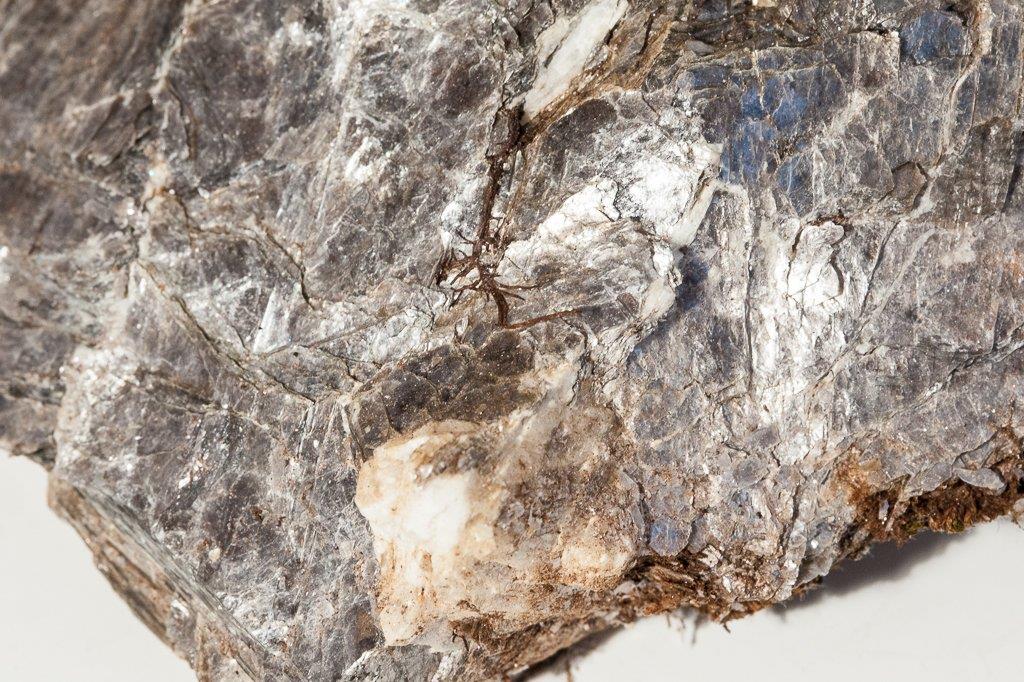
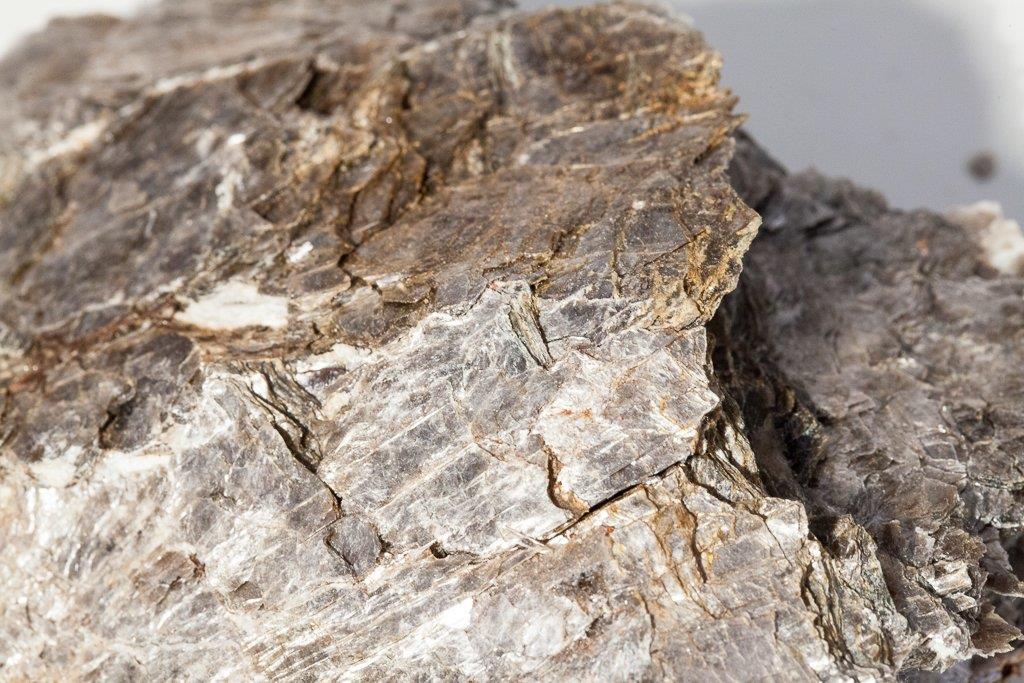
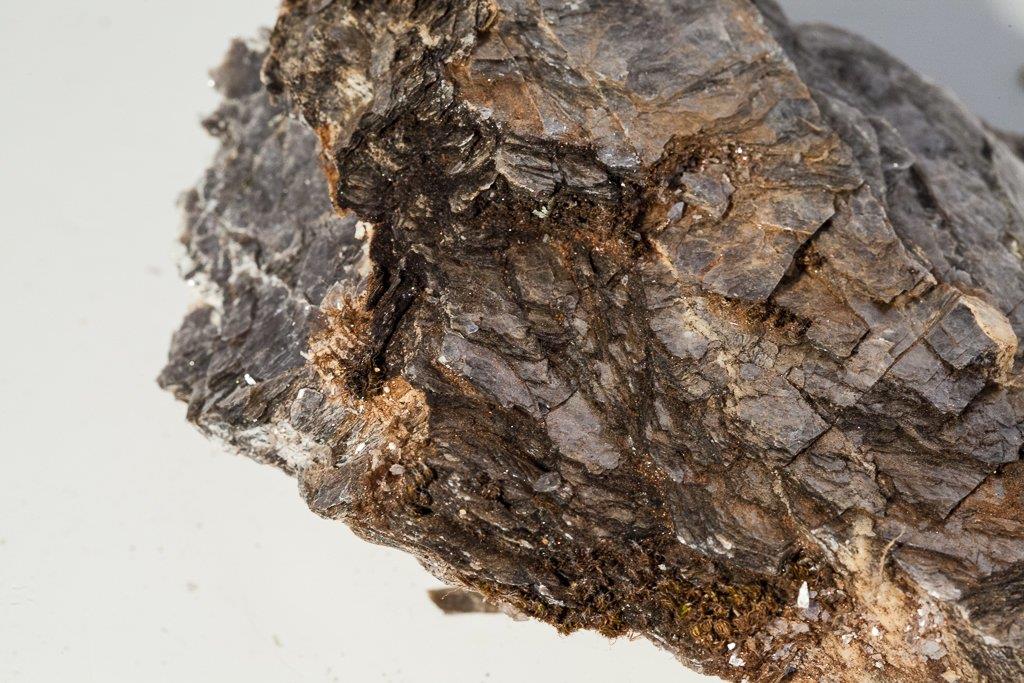
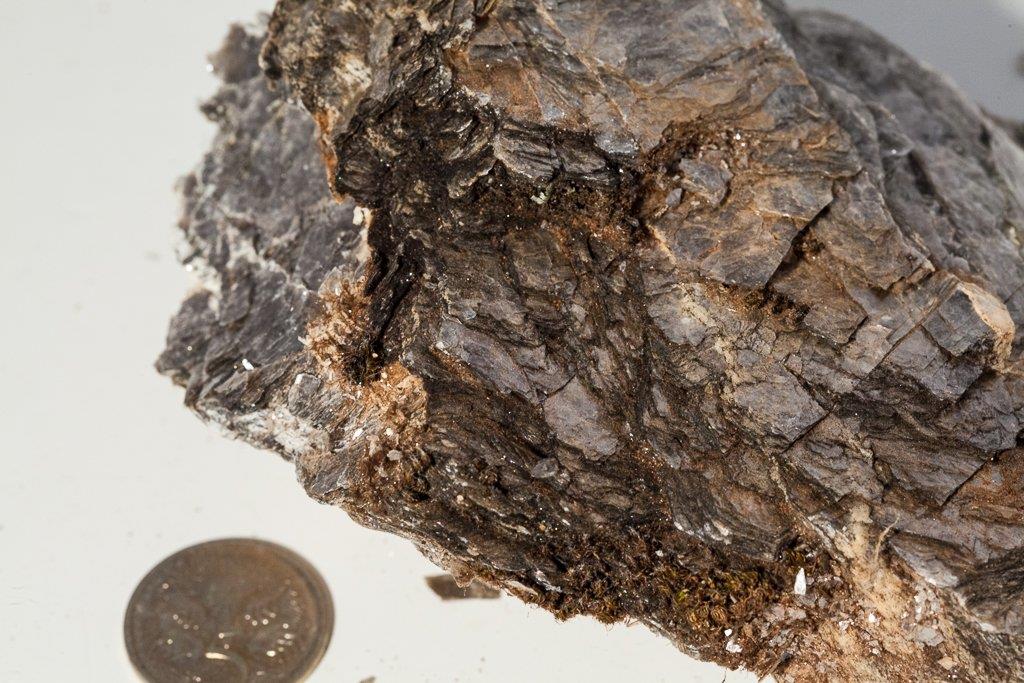
I have brought back some samples from our last expedition and was curious on the positive ID of it. This is only a small sample of what I have in various base rocks. It is very hard to get a good photo so hopefully the below will help for ID.
Some details - Very, very metallic, extremely brittle, when breaking away tit does have some flex before it breaks, it also splits many times down the layered plane. Some of the flakes can be quite large (never seen this big) plus in bulk formation this with it and going in different directions. It is also quite heavy for its size. Though I have not done a SG on any.
The other questions I have is can it be cleaned? It seems so brittle.
Is there any market for items like these? eBay etc...
I have panned a few samples and found no gold, is there ANY chance that these may contain any gold?
There are a couple of different pieces shown, and a 5c piece in some for size reference. Any information is appreciated.









